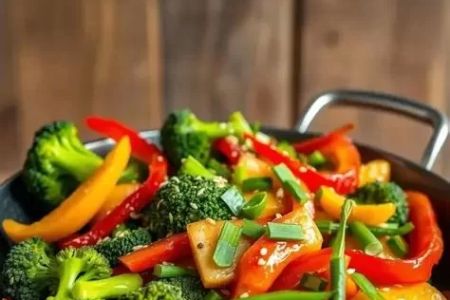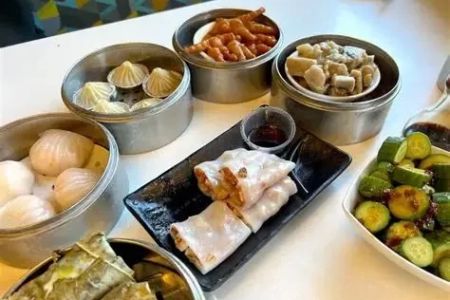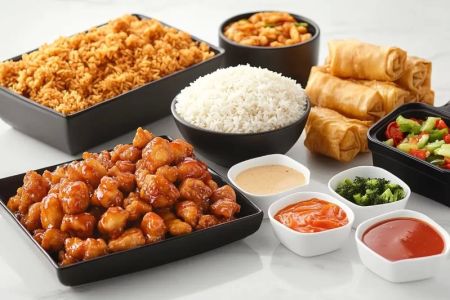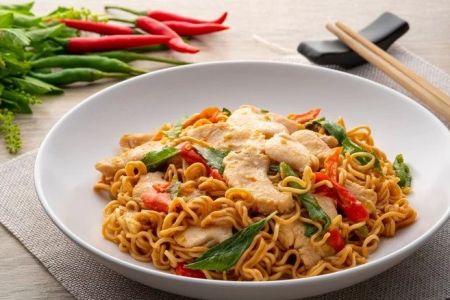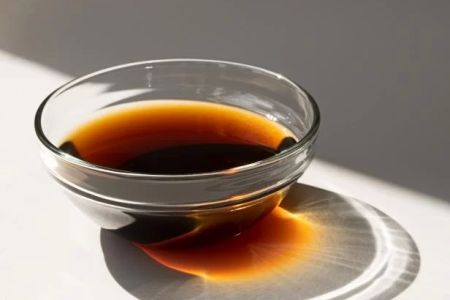- 1-The-Art-of-Chinese-Food-Pairings-with-Wine-in-the-USA
- 2-Understanding-Chinese-Cuisine-Flavors-for-Wine-Pairing
- 3-Best-White-Wines-to-Pair-with-Chinese-Food
- 4-Top-Red-Wine-Options-for-Chinese-Dishes
- 5-Pairing-Wine-with-Spicy-and-Sweet-Chinese-Flavors
- 6-Expert-Tips-and-Stories-from-Wine-and-Food-Enthusiasts
1. The Art of Chinese Food Pairings with Wine in the USA
Chinese cuisine offers a rich tapestry of flavors and textures that vary widely across regions, making wine pairing both exciting and challenging. In the USA, where diverse palates meet an abundance of wine varieties, discovering ideal Chinese food pairings with wine can elevate any dining experience. The interplay between aromatic spices, savory sauces, and textural contrasts requires thoughtful wine selections to balance and complement.
Whether enjoying Cantonese dim sum, Sichuan’s spicy fare, or delicate Beijing duck, pairing the right wine enhances both the food and drink. Understanding this artful combination encourages exploration and enjoyment, helping diners uncover new favorites and sophisticated tastes.
2. Understanding Chinese Cuisine Flavors for Wine Pairing
Successful wine pairings hinge on understanding the dominant flavors and ingredients in Chinese dishes. Many recipes balance sweet, sour, salty, bitter, and umami elements, often combined in complex ways. For example, dishes with soy sauce and garlic bring intense umami, while sweet and sour preparations add brightness and acidity.
Recognizing these flavor profiles guides the choice of wine acidity, tannin, and sweetness levels, ensuring harmony. The interplay between wine and food involves complementing or contrasting these characteristics thoughtfully.
2.1 Regional Flavor Variations
Chinese cuisine’s regional diversity—from the fiery heat of Sichuan to the lighter flavors of Shanghai—calls for adaptable wine strategies. This diversity adds richness to pairing options, encouraging personalized recommendations.
3. Best White Wines to Pair with Chinese Food
White wines often pair beautifully with many Chinese dishes, especially those with seafood, poultry, and vegetable bases. Riesling’s natural sweetness and crisp acidity make it a versatile match for spicy and sweet dishes, calming heat while refreshing the palate.
Sauvignon Blanc, with its herbaceous notes and bright acidity, complements lighter dishes like steamed fish and green vegetables. Similarly, Gewürztraminer’s aromatic complexity pairs well with dishes rich in spices and aromatic herbs.
These whites are popular choices among American diners seeking to balance flavor intensity with subtlety.
4. Top Red Wine Options for Chinese Dishes
While red wine can be challenging with Chinese cuisine, certain reds shine when paired with richer, meat-heavy dishes. Pinot Noir, with its moderate tannins and bright fruit character, works well with duck and pork dishes, matching the food’s texture without overwhelming flavors.
Zinfandel’s boldness and spicy notes make it a great companion for barbecue-style dishes, such as char siu. For heartier meals, a medium-bodied Merlot can provide smooth tannins and fruity richness, enhancing savory flavors.
Choosing reds with balanced acidity and moderate tannin levels is key to complementing Chinese cuisine effectively.
5. Pairing Wine with Spicy and Sweet Chinese Flavors
Spicy Chinese dishes, especially from Sichuan or Hunan regions, require wines that soothe the palate. Slightly off-dry Rieslings or sparkling wines can counterbalance spiciness with sweetness and effervescence, providing a refreshing contrast.
For sweet dishes, such as honey-glazed pork or orange chicken, wines with a touch of residual sugar avoid clashing with sweetness, enhancing flavor harmony. Balancing sweetness levels between food and wine prevents overpowering sensations.
Experimentation and understanding your palate preferences can uncover exciting combinations that highlight both wine and cuisine.
6. Expert Tips and Stories from Wine and Food Enthusiasts
Sommelier insights emphasize the importance of balancing acidity and sweetness, highlighting personal preference as an essential factor. One wine expert recounts pairing a dry Riesling with spicy mapo tofu, noting how the wine’s crispness enhanced the dish’s complexity while calming the heat.
Food bloggers across the USA share stories of discovering perfect pairings by matching regional wines to local Chinese dishes, fostering a vibrant community passionate about this fusion.
For those seeking to explore authentic Chinese food pairings with wine in the USA, Chinese Food offers curated selections of wines, food pairings, and expert advice to elevate your culinary experiences.
Embark on your journey of Chinese food and wine pairing with confidence and flair. Explore expert recommendations and premium selections at Chinese Food, your trusted source for all things delicious and sophisticated.


